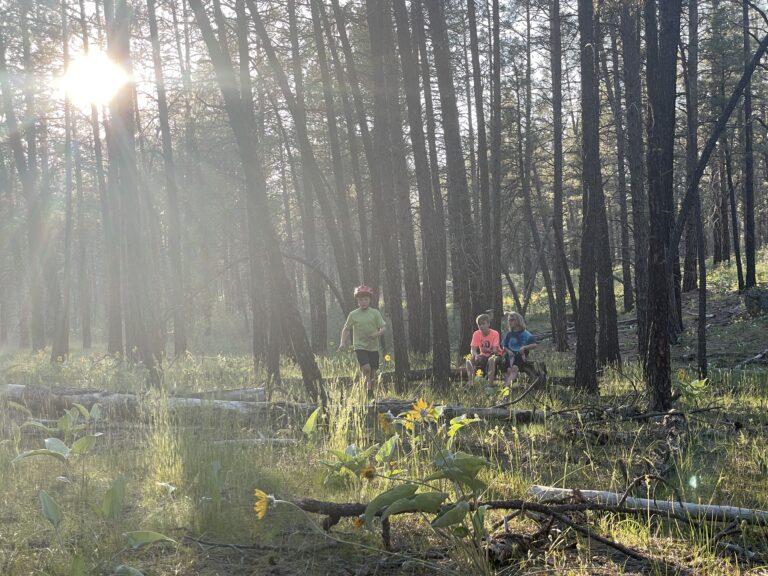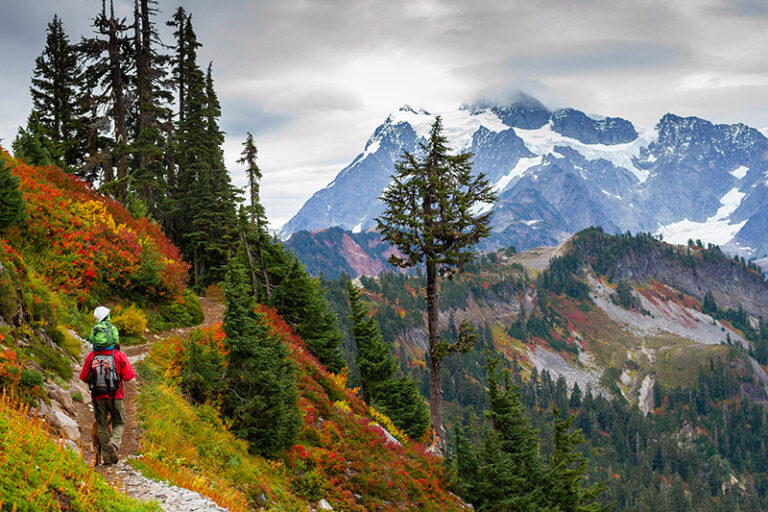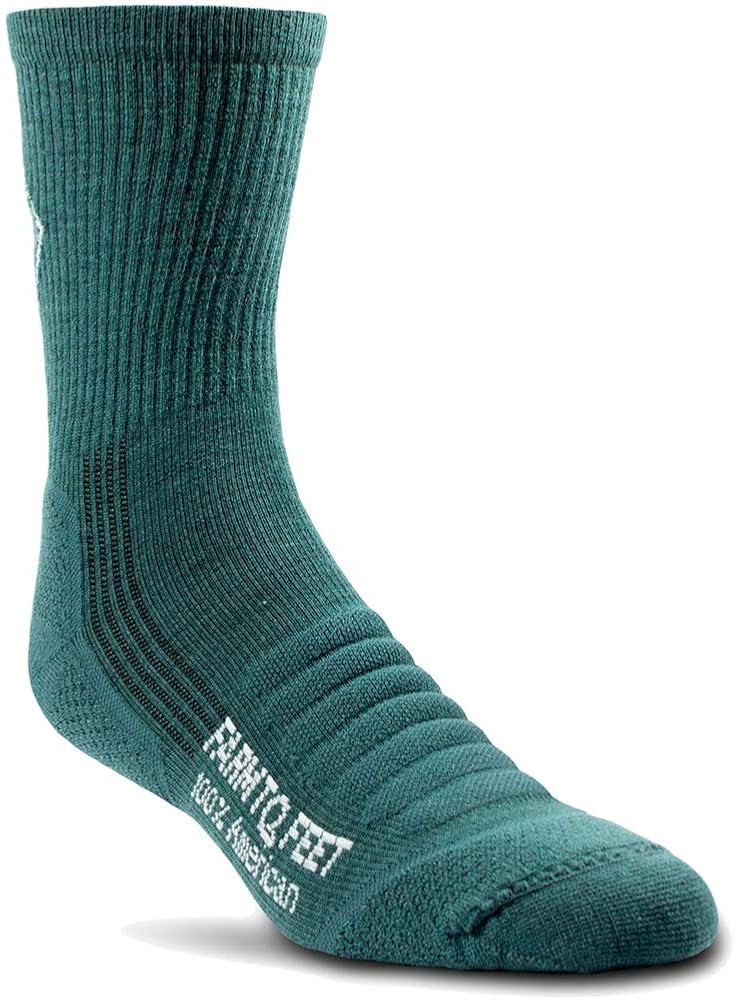5 years ago, Grant Petersen, owner of Rivendell Bicycle Works in Walnut Creek, California, wrote a short piece called “The Underbike.” The essay described how riding a bike unfit for a given ride could make the ride more rewarding. For example, riding a mountain bike on a century ride and keeping up with the road bikers is a great accomplishment. Or riding a road bike on technical single track is a test of finesse far outweighing the bike-handling skills required to bomb through the same single track on a fully-suspended mountain bike. These are both examples of “underbiking.”
When I read that essay about 4 years ago, I had just started riding road bikes. I loved the speed and agility of the road bikes, but I missed the exploration of trails and logging roads that a mountain bike allowed. Reading the essay “allowed” me to ride my road bikes on trails and logging roads.
In retrospect, it’s silly to need that kind of permission to go and do what cyclists had done for years. Look at the old Tour de France photos: guys on fixed gear bikes riding over unpaved mountain passes. Look at photos taken in developing countries with people hauling enormous loads on rickety, cheap bikes over rural trails.
Of course you can ride a road bike on dirt roads. And of course you can learn to ride that same road bike on technical single track and down fast gravel-road descents. What’s surprising is that it’s fun. In fact the more you do, the more you realize that underbiking is normal. To have to actually have a term for it seems silly.
Like most cyclists I know, until I began underbiking, I divided the world of “serious” cycling into “road” and “mountain” biking. This is a common and false distinction that I believe, has been unintentionally created by the bike industry itself.
Much like the car industry, which has convinced us that our self-worth and identity are reflected in car we purchase, the bike industry has invented a bike for every type of “life style:” XC mountain bike, down hill mountain bike, urban bike, city bike, country bike, time trial bike, cruiser, racing bike, tri-bike, road bike, cyclocross bike, hybrid bike, comfort bike, etc, etc.
Theoretically, each of these bikes is optimized for the lifestyle or terrain that they are marketed towards. Generally speaking, the more specialized the task that the bike is designed for, the less useful the bike is for other tasks. For example, in the case of road bikes, which have almost universally devolved into single purpose racing bikes, there is a near-zero tolerance for utility. Or take the “cruiser.” If there is any other scenario besides sub-ten-mile-an-hour slogs that this bike is optimized for, I’m all ears. It’s no wonder the “serious” mountain bikers (degree of “seriousness” here is expressed in the ratio of the amount of suspension travel to the cost of the bike) haul their bikes on cars to take a ride. Actually riding a “serious” mountain bike any non-trivial distance on the road is grueling.
These are all opinions that can be dismissed just by looking at cycling history and even at folks in our own neighborhood.
There’s a guy named Charlie in the Spokane Bike Club that rides an ancient cruiser on many of the road rides. Not only does he keep up on these rides, he leads many of them. There’s another local guy named David Blaine who, a month ago, rode over 1300 miles including around 83,000 feet of elevation gain in just over a week in his attempt at the Great Divide Race. He was on a single-speed mountain bike. The bike god himself, Lance Armstrong, wrote a book called, “It’s Not About the Bike.” The history of cycling is full of people that have sought out their goal and achieved it without regard to the bike they rode.
I have a friend who lives in Seattle and loves to explore by bike: the more remote the exploration, the better. In Petersen lingo, my friend Alex is an underbiker. When Alex visited Spokane a couple months ago, he was impressed by how quickly we could ride out of town and be on dirt roads. I took him out to Badger Lake via trails, paved roads, and dirt roads, where we camped overnight on the lake. Indeed, Spokane cyclists are fortunate to live in such a richly diverse cycling environment.
I can’t imagine riding in this area and being limited only to paved roads. The vast majority of interesting experiences, people, camp sites, and vistas I have discovered in the Spokane area have been via dirt roads and trails that may be up to half-a-day’s ride away from home. Therefore, every bike I own is suitable for riding logging roads and trails as well as paved roads. And none of my bikes are mountain bikes.
If you love cycling, try underbiking. Yes, it’s a cheesy term for what should be a normal experience. But sometimes all you need is the permission to try something that is not “normal.”
John Speare grew up in Spokane and rides his bike everywhere. He wants you to ride your bike too. Help build the plan. Citizen input is essential for a great plan. Get involved: www.bikespokane.net.













